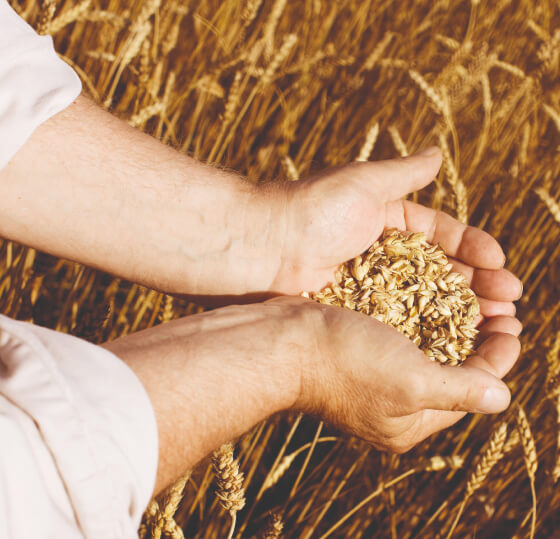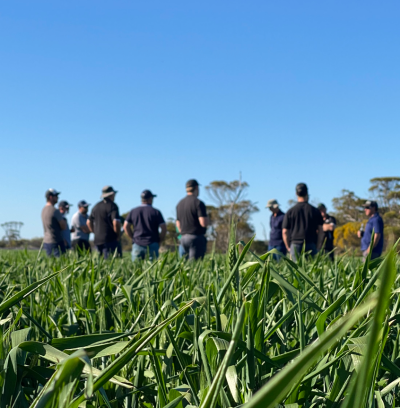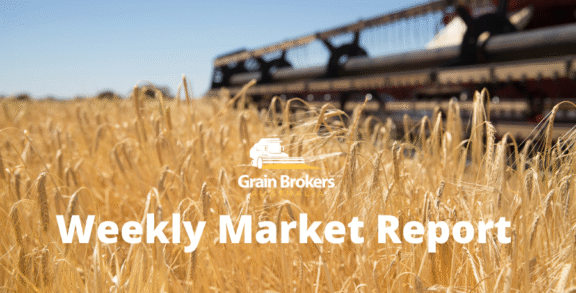
Record-breaking autumn rainfall has flooded major grain-producing regions across China, severely disrupting this season’s summer crop harvest and threatening the winter wheat planting campaign. The recent wave of extreme weather follows drought conditions earlier in the season, compounding the hardship for farmers already grappling with crop losses in 2025.
The autumn grain harvest accounts for around 75 per cent of China’s annual grain production, with farmers in the Huang-Huai-Hai region fighting the clock to salvage damaged crops. Also known as the North China Plain, it is China’s largest summer corn and winter wheat belt, spanning provinces such as Shandong, Henan, Hebei, Anhui, and Jiangsu.
According to China’s National Climate Centre, major grain-producing provinces such as Henan and Shandong have experienced the longest and heaviest rainy season in six decades. The region accounts for at least 30 per cent of China’s total corn output, but excessive soil moisture has made harvesting impossible in many fields, and there are already reports of unharvested crops sprouting and developing mould.
There is also the added risk of a deterioration in the quality of the corn that has already been harvested. Farmers are reportedly rushing to sell their new crop production straight off the header rather than putting it into storage and taking on the quality and financial risks. Corn prices in Henan are feeling the harvest selling pressure, apparently falling around 3 per cent since the beginning of October.
Clear weather last week helped farmers in Shandong province regain some harvest momentum. As of October 22, around 82.8 per cent of the province’s autumn grain area, totalling about 3.63 million hectares, had been harvested. This included around 3.34 million hectares of corn, accounting for 85.8 per cent of the region’s total corn plantings in 2025. Nationally, the autumn harvest, which includes corn, soybeans, rice and peanuts, was at 80 per cent.
In the first 13 days of October, typically the corn harvest peak in Shandong, the province’s average precipitation reached 141.3 millimetres, 751.2 per cent higher than the 16.6mm average for the same period in previous years. Several more rounds of rainfall occurred later on, posing challenges to the corn harvest.
To mitigate the impact of the unseasonal rain across many regions of the country, the central government allocated 484 million yuan (US$68 million) to aid agricultural disaster relief in seven provinces, including Hebei, Shanxi, Henan and Shandong. This funding supports efforts to speed up crop harvesting, dry damp grain and drain waterlogged farmland.
China’s Vice Premier Liu Guozhong has called for urgent measures to safeguard the nation’s grain output following the excessive rainfall in the key Huang-Huai-Hai agricultural region. Liu emphasised that China must do “everything possible” to secure the harvest and procurement of autumn-reaped grain in order to meet the nation’s annual grain production target of around 700 million metric tonne.
In response, China’s Ministry of Agriculture and Rural Affairs has initiated emergency deployment of agricultural machinery to safeguard the autumn harvest across key producing provinces. The government has allocated 484 million yuan (US$68 million) to support grain drying and field drainage, among other measures. To counter harvest delays, a dedicated task force has been set up to coordinate the dispatch of machinery and provide technical support for equipment adjustments suitable for operations under wet field conditions.
Authorities are reporting that more than 244,000 tracked harvesters (as opposed to the conventional wheeled version) and almost 2,000 mobile grain dryers have reportedly been mobilised to the affected areas. The ministry said it will continue to work closely with eight provinces – Hebei, Shanxi, Jiangsu, Anhui, Shandong, Henan, Hubei, and Shaanxi – to ensure timely machinery support and minimise crop losses.
While the vast majority of corn produced in China is used in stockfeed rations, small amounts are consumed in snack food and processed into ethanol for fuel blending. The country has increasingly relied on domestic production and reduced imports, in particular from the United States, in a bid to strengthen food self-sufficiency.
However, this policy shift has created supply and price vulnerability amid escalating global climate and geopolitical risks. At less than 1MMT, corn imports have plunged by 93 per cent this year, leaving precious little stock buffer to offset domestic production losses.
Meanwhile, amid concerns that the excessive rainfall and wet fields will delay progress of the winter wheat planting program, the Ministry of Agriculture and Rural Affairs launched a 60-day campaign on October 20 to support seeding on the North China Plain. The optimum winter wheat planting window in that part of China is October, with seeding commencing in late September in the northern districts and extending into early November in the southern areas.
The ministry said the government-supported operations will assist in combating the floods by improving field drainage, expediting wheat sowing under wet field conditions, extending the planting window and improving field management ahead of the winter. Seven working groups have reportedly been dispatched to key provinces to provide guidance and coordinate the efforts.
Call your local Grain Brokers Australia representative on 1300 946 544 to discuss your grain marketing needs.
Written by Peter McMeekin.





